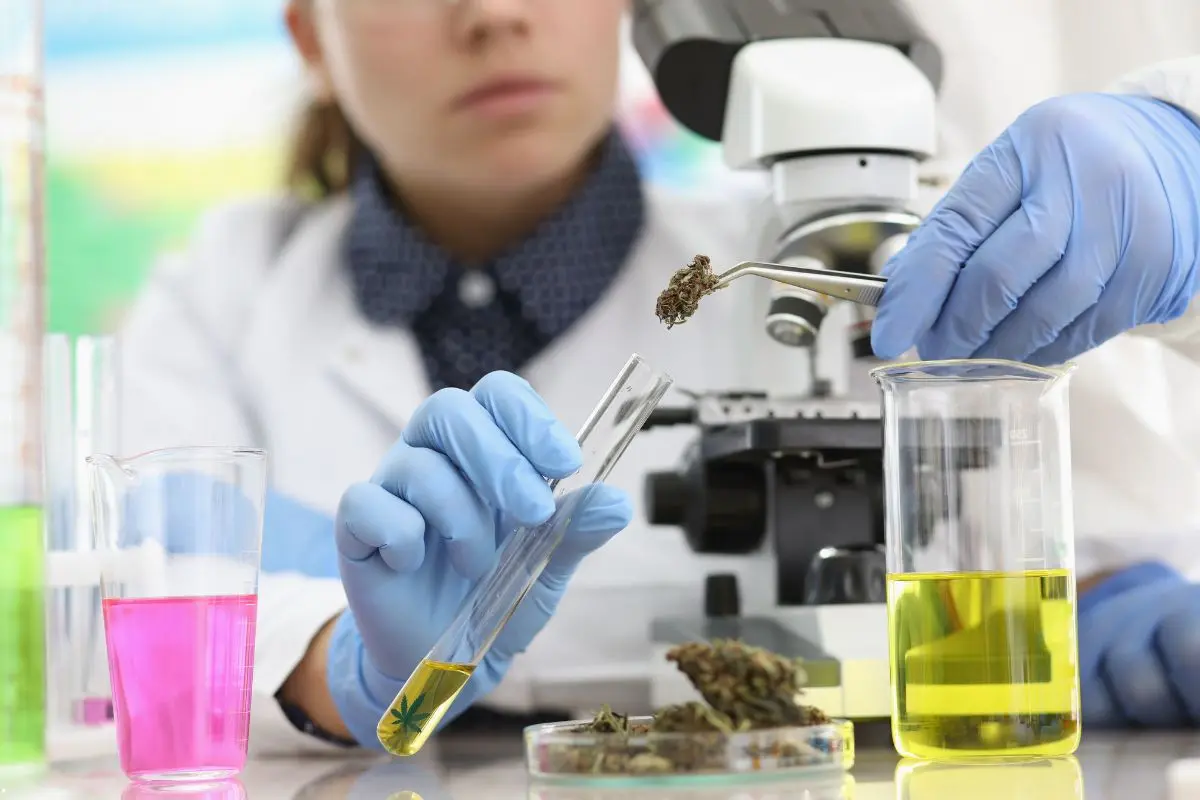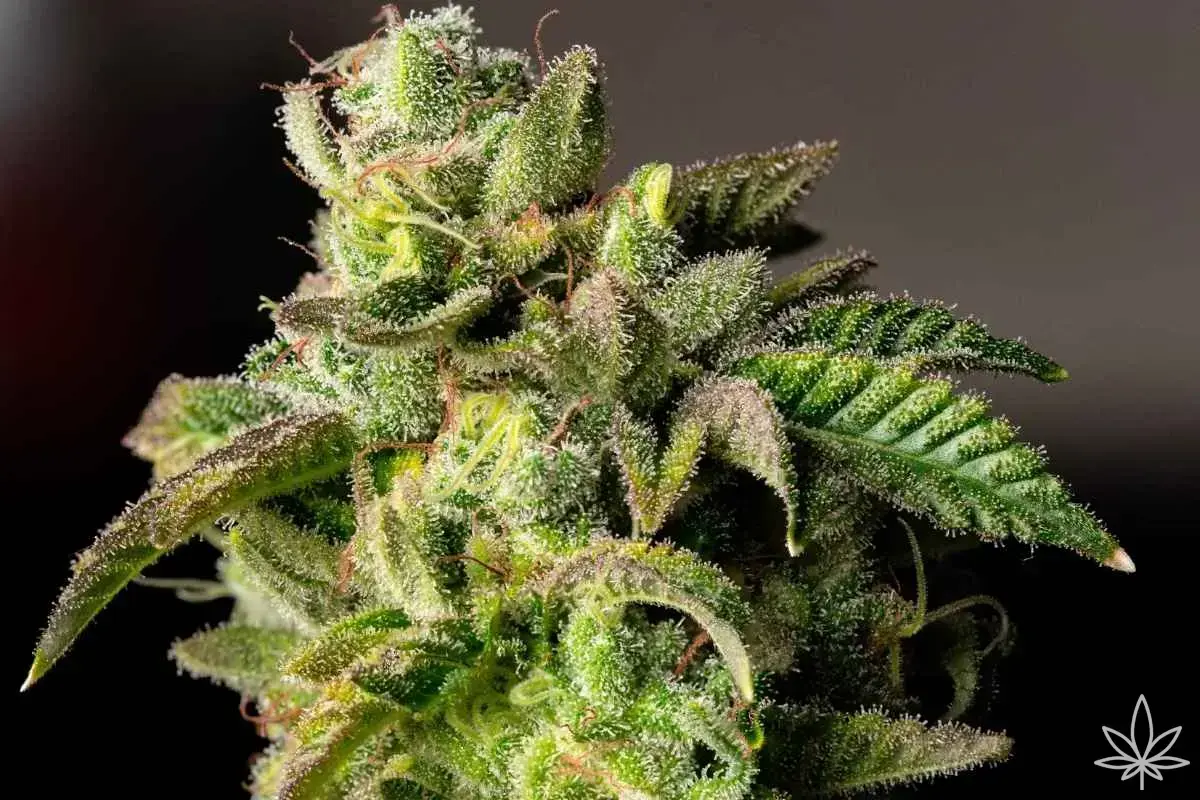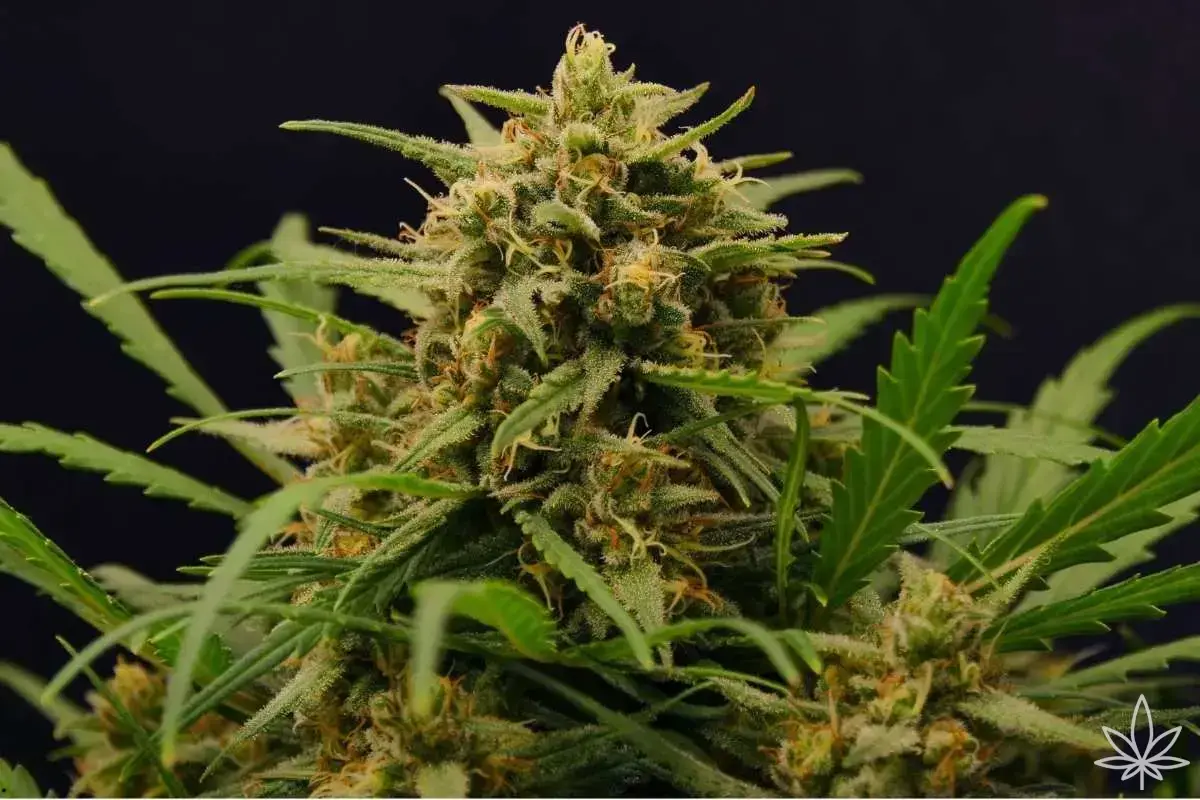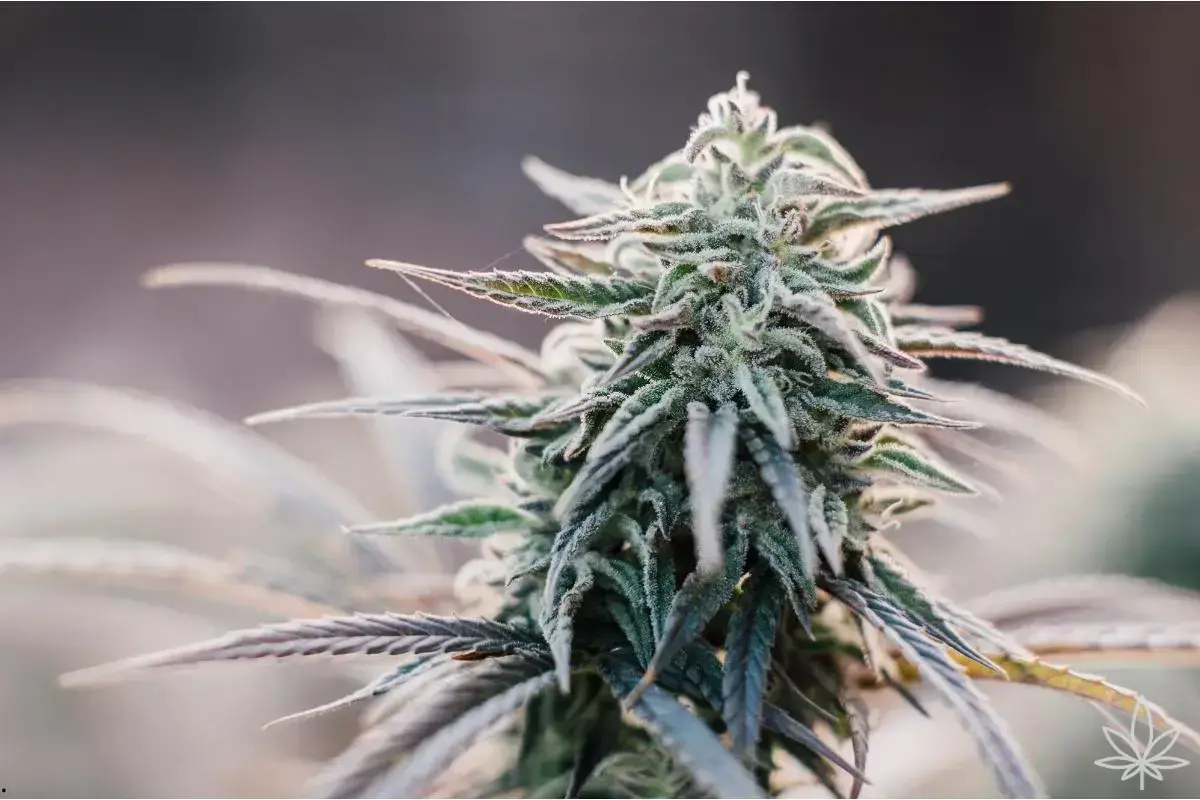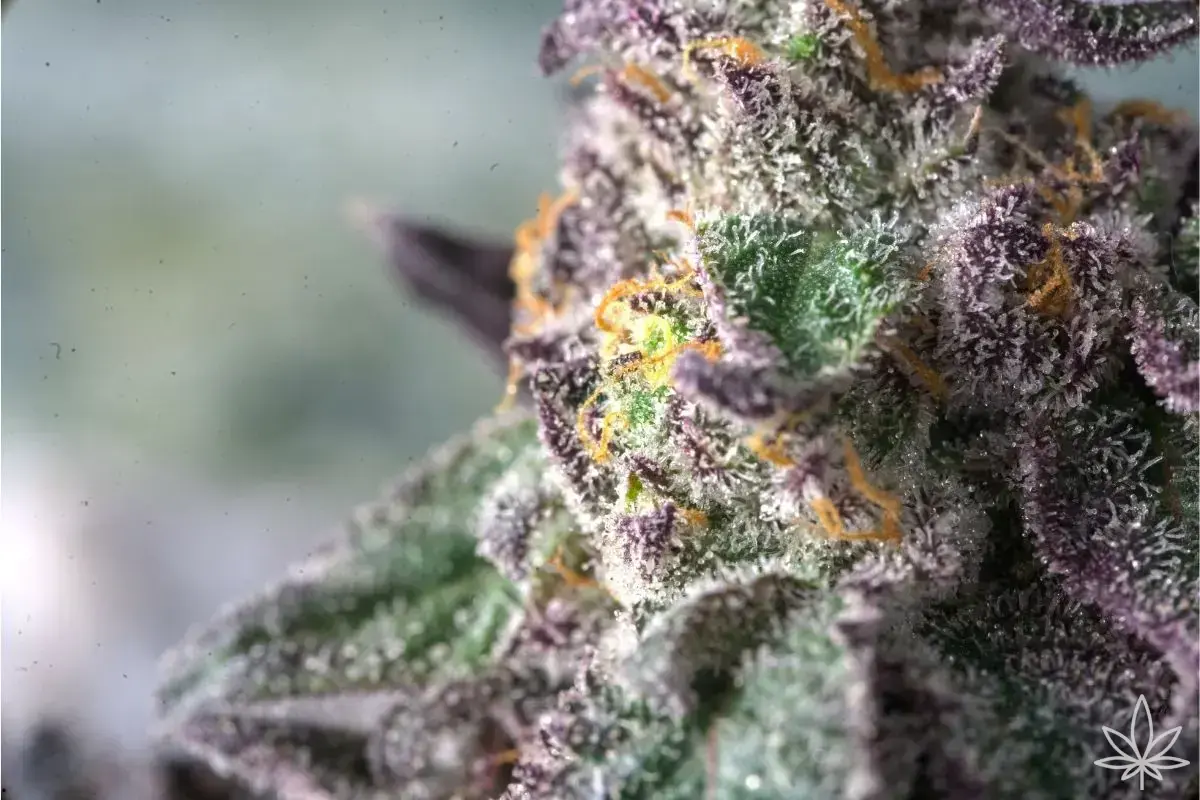In the world of cannabis, abbreviations like THC and CBD are everywhere — in ads, seed descriptions, and lab reports. For many beginners, they’re like a “score” — the more THC, the “better” the strain. But the truth is far more nuanced. Potency, effects, and even the enjoyment of cannabis depend on an entire orchestra of chemical compounds, each playing its own part.
THC – the most famous soloist
Tetrahydrocannabinol, or THC, is the main psychoactive compound in cannabis. It’s responsible for euphoria, altered perception, and a range of therapeutic effects such as pain relief and appetite stimulation. Higher THC content usually means a stronger psychoactive punch, but not necessarily a better experience. For some, too much THC can lead to overstimulation, anxiety, or what’s often called being “too high.”
CBD – the quiet partner
Cannabidiol (CBD) isn’t intoxicating in the traditional sense, but it can modulate THC’s effects. It promotes relaxation, helps reduce inflammation and anxiety, and in strains with a balanced THC:CBD ratio, it can make the psychoactive effects smoother and more manageable. CBD can also temper some of THC’s less desirable effects, creating a more harmonious experience.
CBG, CBN and the rest of the orchestra
While less famous, other cannabinoids play important roles:
– CBG – Often called the “mother of all cannabinoids” because it converts into THC, CBD, or other compounds as the plant matures. Linked to anti-inflammatory properties and potential digestive benefits.
– CBN – Formed when THC oxidizes over time. Mildly psychoactive but primarily relaxing and sedative.
– THCV – Structurally similar to THC, but can have almost opposite effects, such as appetite suppression and increased energy.
The entourage effect – when together means more than apart
The entourage effect is the idea that cannabinoids, terpenes, and other plant compounds work in synergy, enhancing or modifying each other’s effects. This means that a strain with moderate THC but rich in CBD, CBG, and certain terpenes can deliver a more complete and enjoyable experience than a “record-breaking” 30% THC strain with a flat chemical profile.
Why this matters when choosing a strain
Experienced growers and consumers see cannabis as a whole, not just one number. When selecting a strain, it’s worth checking lab reports or breeder descriptions for the full cannabinoid profile. For example:
– For evening relaxation – strains high in THC with a solid dose of CBD, often indica-dominant.
– For daytime activity – moderate THC, noticeable limonene in the terpene profile, and a touch of CBG.
– For sleep support – strains with higher CBN and myrcene.
Final thoughts
THC is like the lead singer in a band — but without the rhythm section and supporting instruments, the music falls flat. Cannabinoids work best when in balance. So instead of chasing only the “strongest” strains, it’s worth looking for those that strike the right harmony — one that fits your needs, your lifestyle, and your expectations for the experience.

